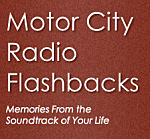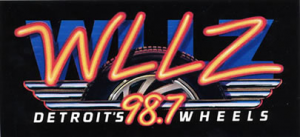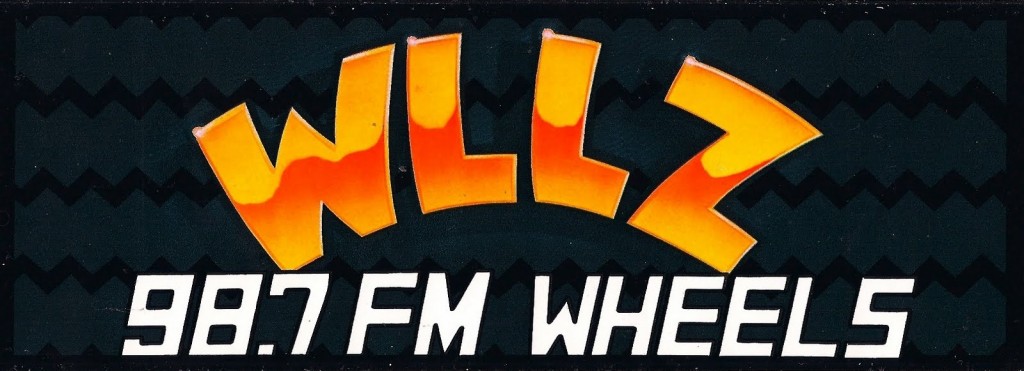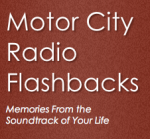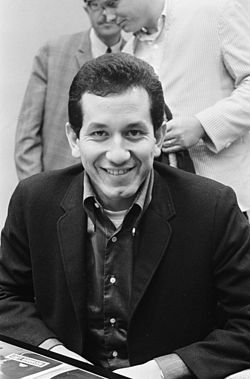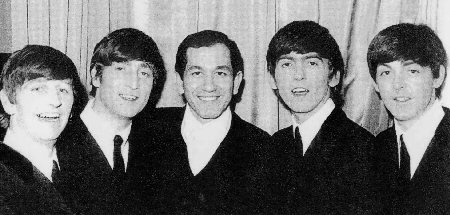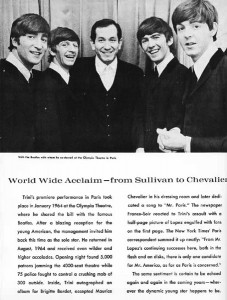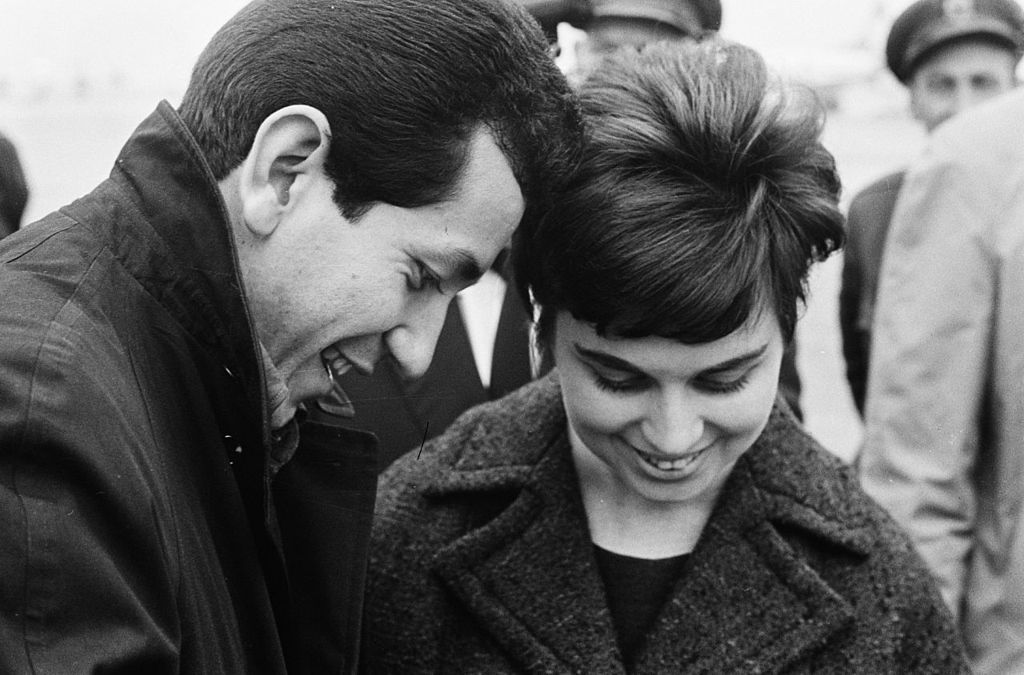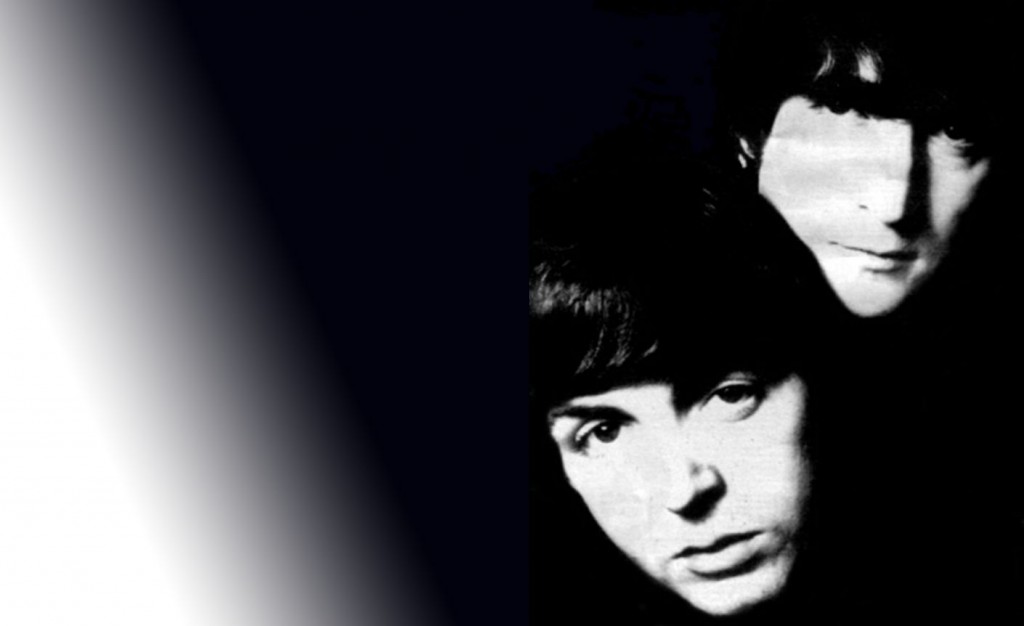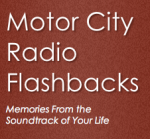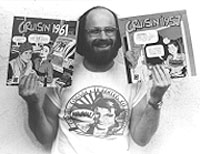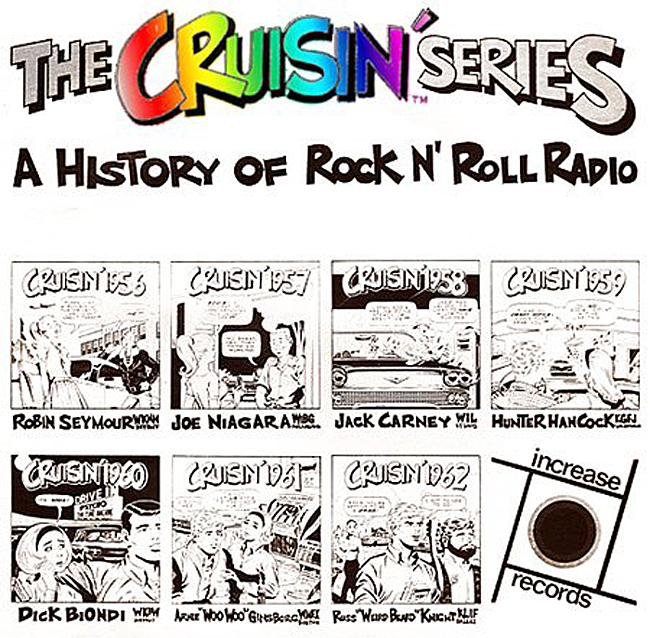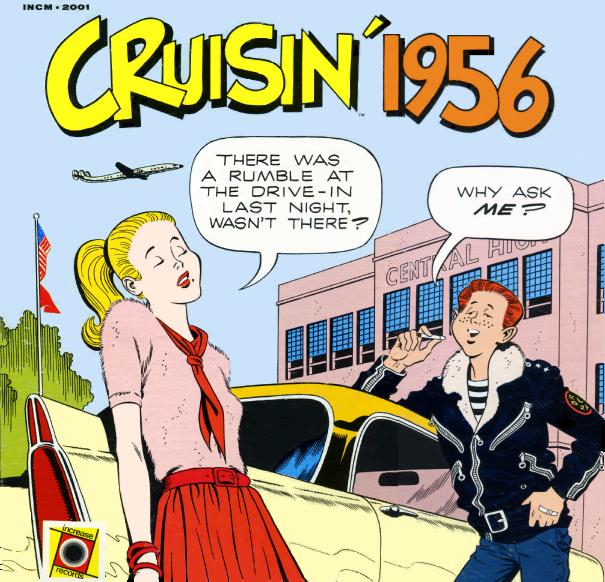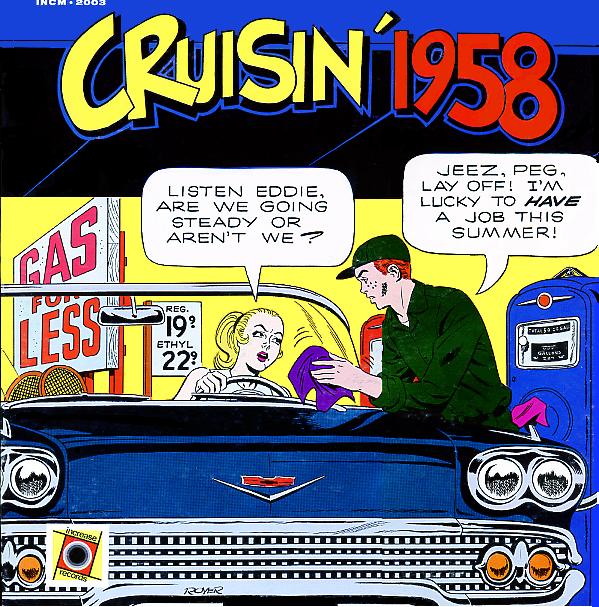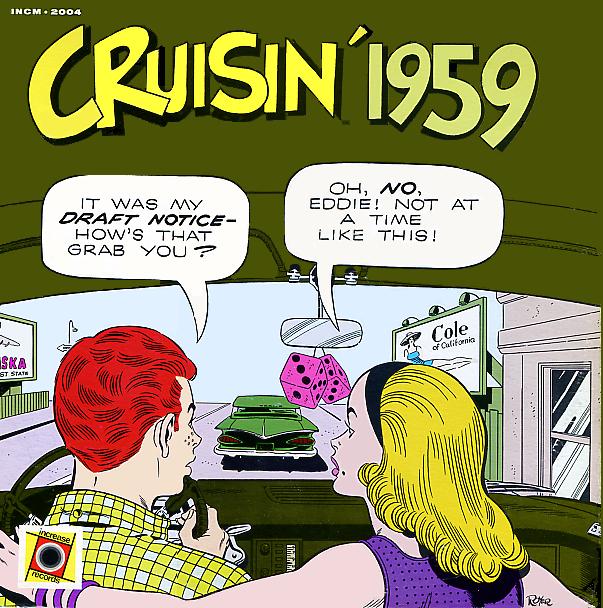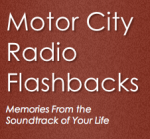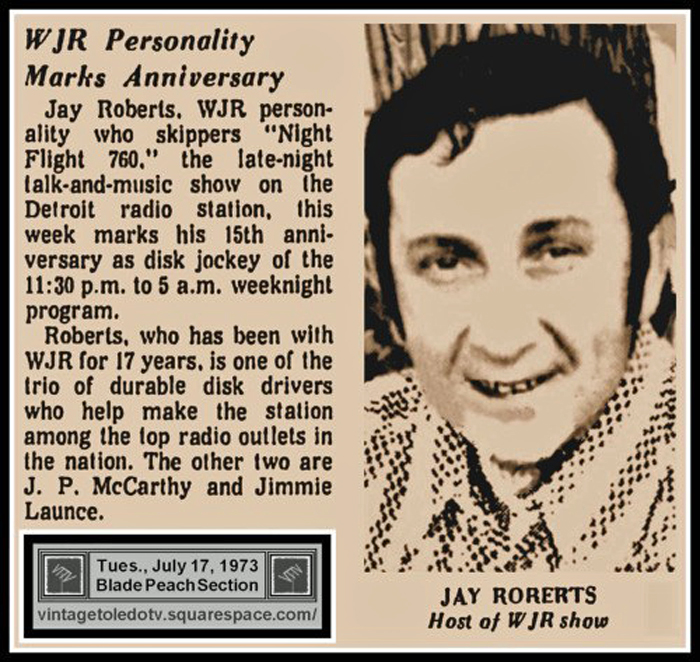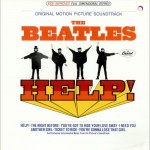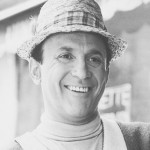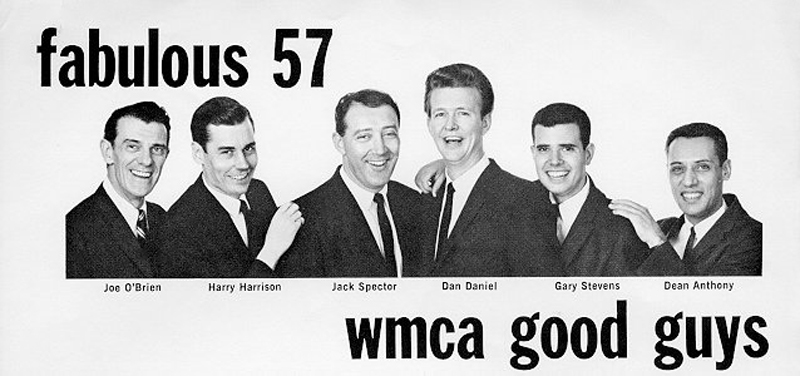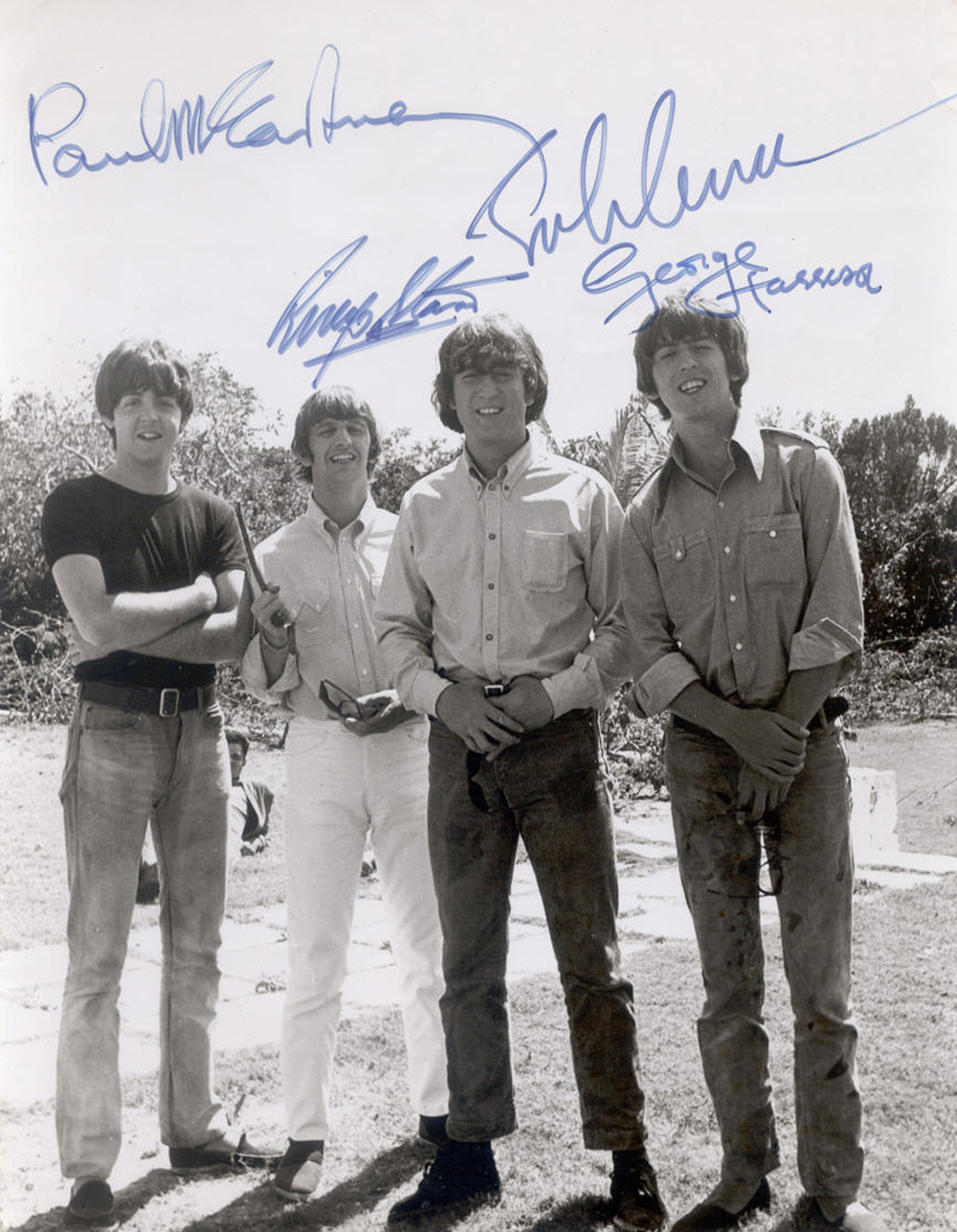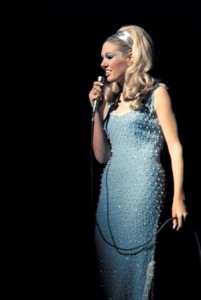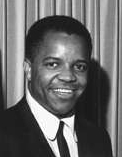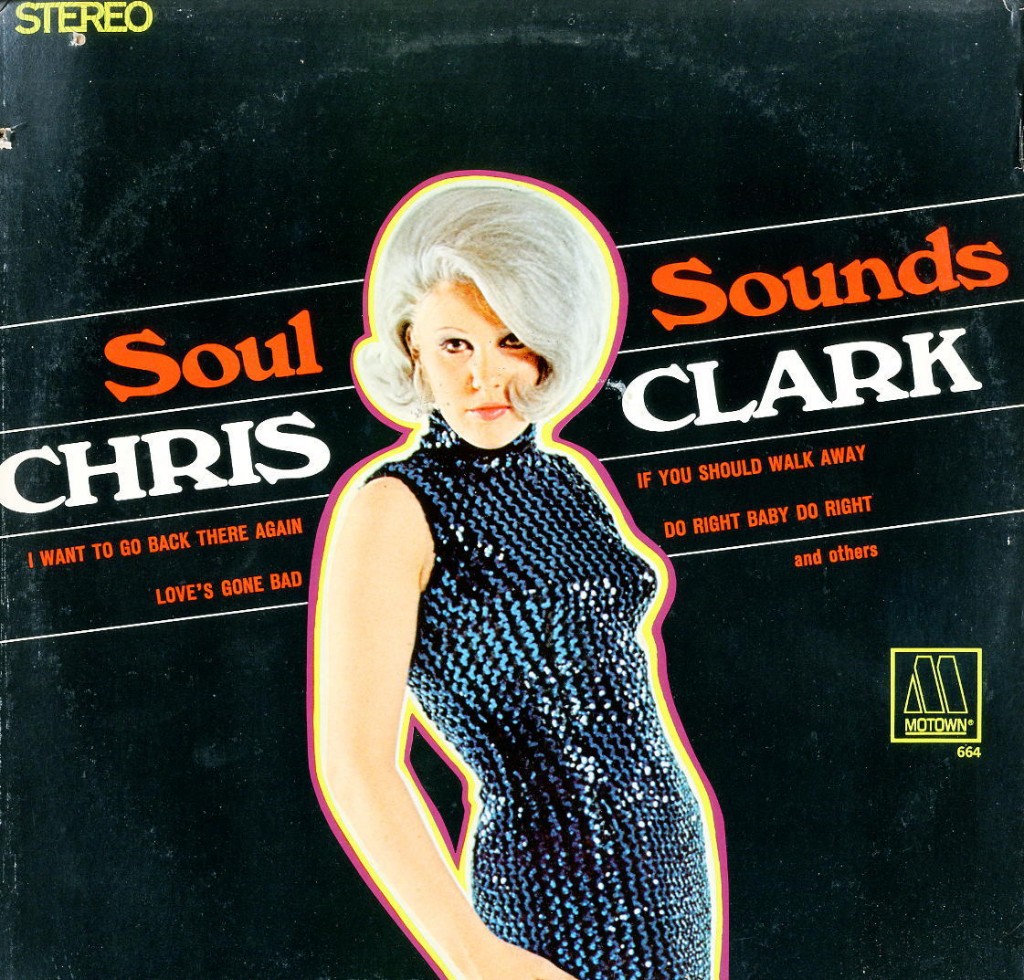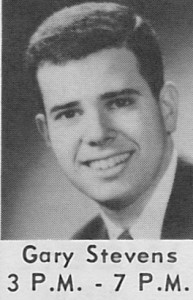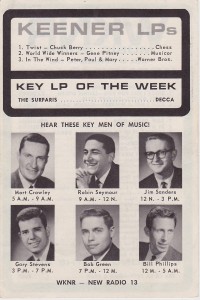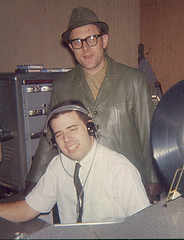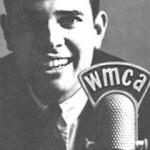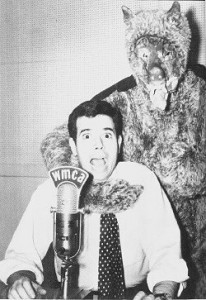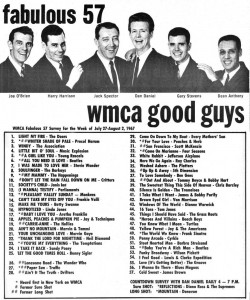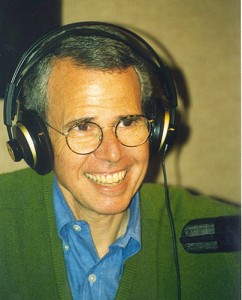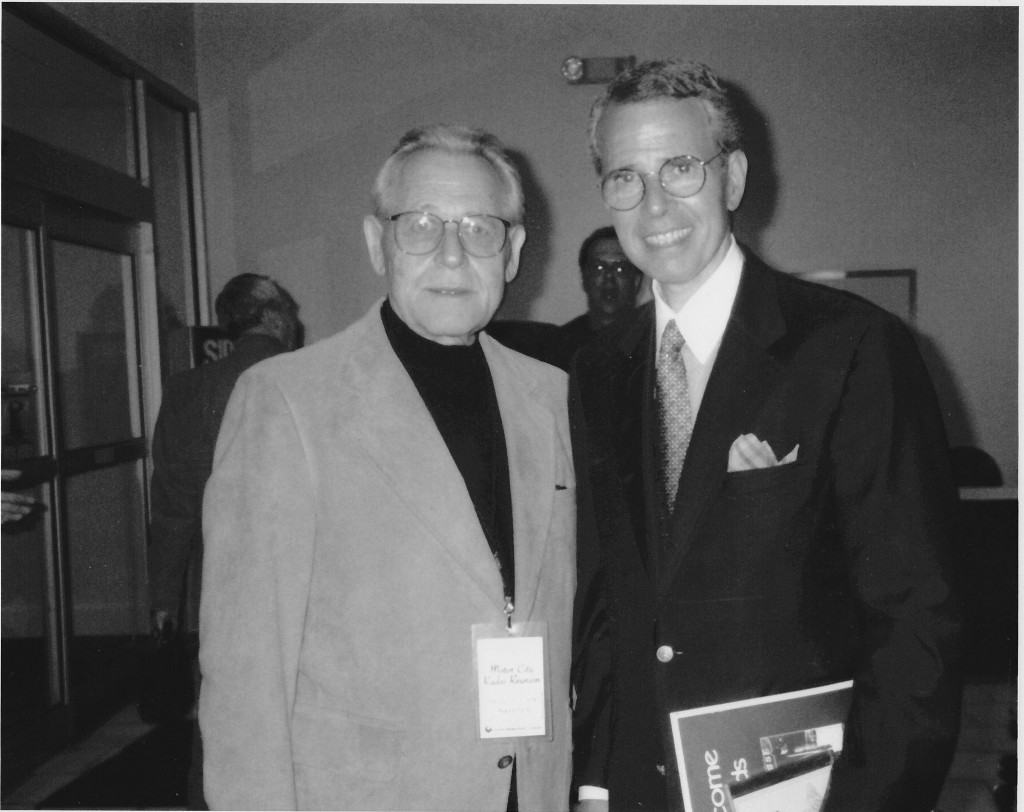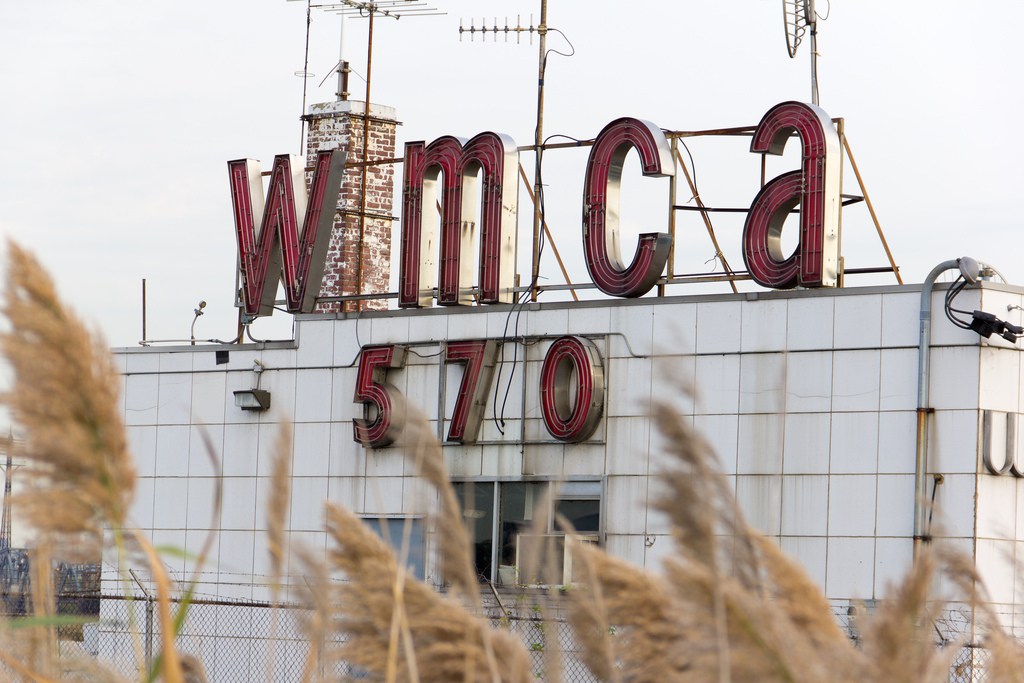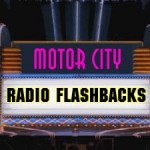 From the MCRFB NEWS archive: 1983
From the MCRFB NEWS archive: 1983
Joseph Also Recalls Radio History In Detroit 20 Years Ago — WKNR ‘Keener 13’
Second of two articles profiling consultant Mike Joseph, the man behind the “Hot Hits” format.
NEW YORK — In March, 1960, WABC was not a factor in New York radio. “They had tried Top 40 two years earlier in 1958,” recalls Mike Joseph. Their night man was Alan Freed. But it didn’t take. It wasn’t believable against WINS, WMGM and WMCA, so they went middle of the road opposite WNEW. That didn’t work either, so they had gone right out of the book.
“I went in and started working with Hal Neal, who had just come in from WXYZ in Detroit. From March on, he and I used to spend our weekends together, coming up with our promotion, marketing and sales brochure, our format, techniques, contests, jingles, staff connections. When I finally got into the station, we put everything together and hit with that sound on December 7.”
The original WABC lineup included Herb Oscar Anderson from WMCA doing mornings, WAKR Akron’s Charlie Greer and WHK Cleveland’s Farrell Smith in mid-days, St. Louis legend Jack Carney in afternoons, Chuck Dunaway in early evenings, and Scott Muni doing nights.
“Six months later there were three very important changes. Sam Holman came in a mid-morning man he became the first program director — there had been no program director when I was on the scene. And in afternoon drive and early-evening, two legends. Dan Ingram and Cousin Brucie.”
Joseph’s WABC success led to his consulting the rest of the ABC chain, which became one of his greatest challenges. “It was extremely difficult for an ABC owned station to do top 40 at that time because of all the network commitments you had, bringing you one inconsistency right after the other, like ‘Don McNeil’s Breakfast Club’ for an hour every morning, or an hour’s news block at night between six and seven. It was really contrary to top 40. And the ABC-owned stations in San Francisco and Los Angeles not only had the ABC national network, they also had ABC West. The Western network was completely different from the rest of the country, and they had to carry them both.
So there was no way that either KGO of KABC could make it as a legit 100% music operation. They found this out both in top 40 and in middle of the road. And so the Ben Hoberman decision to go talk turned out to be extremely smart, and of course you see where KABC is today.”
From there, Joseph dealt with beautiful music in St. Louis, top 40 in his hometown of Youngstown, Ohio, and then he met the challenge at WLAV Grand Rapids, which led to his success at WKNR ‘Keener 13’ in Detroit.
“It was the worst signal in the market, literally, an AM at 1310 down the dial, station was situated in suburb, Dearborn, 12 miles from downtown Detroit,” Joseph recalls. “You couldn’t hear the station in downtown Detroit. There were three major rockers at that time, all owned by major corporations, and here was this little company owned by Mrs. Nellie Knorr, this little tin can going up against these three giants.”
Joseph describes his WKNR game plan in two words: “Hot Hits.” “Young, ambitious jocks, another legendary team. It was the freshness, the vibrancy, the promotion, 31 hits over and over again. Strong countdowns at the right times. That’s a very important part of this thing: where I place the countdowns. At that particular time I did a top 30 countdown opposite the breakfast club, I did countdowns whenever CKLW was in a long newscast, and at that time they had half-hour news blocks because of their Canadian commitments.
“Detroit was at that time into the same disease that is afflicting the broadcast industry today: a lot of laid-back radio. They were afraid to play black music, they were very cluttered, uncontrolled, everybody doing his own thing. One of the key things I emphasize in my formatics is discipline. That’s one of the reasons that this sound takes over. It’s extremely disciplined and structured, and with everybody doing what they’re suppose to do, when they’re suppose to do it, it works. And that was the case in Detroit. We we were all on target, everything was right, and the station was unbeatable for seven years.”
Beating the unbeatable is one of Joseph’s specialties. Case in point: WFIL Philadelphia, where Joseph put together another legendary staff which instantly succeeded. “Jim Hillard was my first program director and I believe we won because WIBG got trapped in their own ego. They used to tell me they couldn’t be beaten. Whenever that happens they turn out to be their own worst enemies.”
From there Joseph went to all-news in Denver, all-talk in Minneapolis and Spanish “Hot Hits” in Puerto Rico. “Musically, the elements are the same. Going back to the ingredients and success of ‘Hot Hits,’ the two things you must have are the constant beat and the melody.” Then came mellow rock in Sioux Falls, and, in 1972, “the beginning of the current phase of ‘Hot Hits’ on FM, which started with ‘Super Hits’ on the Malrite station in Milwaukee, WZUU.
“WZUU was really the station that broke the hold of WOKY and WRIT, and I feel the same things that are beating our competitors today are the things that beat those two stations back then. They were all deep in all the no-no’s at that time. George Wilson was program director and Jack McCoy was involved in Bartell radio, which was totally into gold research, and the young maverick, WZUU came along and knocked them off.”
“WZUU was strictly current, 29 currents. The only mistake was running with such a tight playlist and still dayparting with 30 records. My playlists are much more loose and bring in a lot more new material and turn over much faster than ten years ago.”
One element that has not changed is Joseph’s strong belief in dayparting. “It’s very important. And this is a knack that’s very difficult to master, because you got to know the audience flow and the comings and goings of every single person in that territory. You’ve got to know the start and end times of all the schools and the factories. You’ve got to know the lunch breaks, the traffic patterns, and the exact age of who is where at what time.
“The audience flow changes from hour to hour, market to market, and I’ve got not one clock for a station, I’ve got 24 clocks, and it takes me one week to figure out the clocks for a market. And every market is different, but they all add up and determine the energy of the sound, the music, what I play when, combined with the counter-programming I do from my monitor sheets, monitoring each major station for 20 hours a day.”
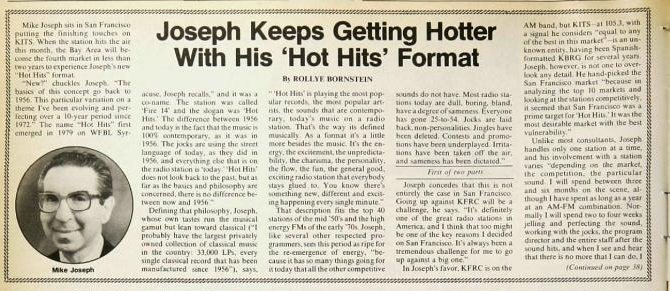
While Joseph admits “Hot Hits” is primarily targeting ages 12 to 24, he maintains it is truly a 12-plus format. ” ‘Hot Hits’ appeals to everybody. It’s the mix, and obviously the more mass appeal an artist is, the better I like it and the higher my ratings are going to be. Give me the Diana Rosses and the Kenny Rogerses and the Dionne Warwicks and I’ll put them on a fast rotation any time of the day or night. But I will not put a Joan Jett on a fast rotation because I know that she appeals to a narrow age group.”
Unlike most broadcasters today, Joseph is quite vocal about that narrow age group. “One of the worst things that has happened to the future of our industry is the withdrawal of ages 12 to 24 from the radio dial. Reps, agencies, owners, research people are dictating that the only buys out there are 25 to 54. They see 12 to 24 listeners in radio as absolutely useless. If the movie industry would say the same thing, there would be no movie business today.
“Take away the teenagers from television, what would happen to your all your nighttime sitcoms, your afternoon drive shows, your weekend programming? Let’s put up a rule in the baseball parks that nobody 12 to 24 is to see the Los Angeles Dodgers or the San Francisco Giants. Where would they be?
“How many millions are we throwing away because we’ve outlawed youth programming on radio? No other business would do this. And they are our future. You have got to constantly bring in the growth population.
“So what I do with ‘Hot Hits’ is to keep recycling the teenagers into those stations year after year, and at the same time, we keep the adults. It’s no different than it was 25 years ago. The audience will always be there. The only ‘Hot Hits’ type stations that has disappeared over the years gave their audience away. They threw off their teens, and as a result, they gave their future to someone else.” END
___
(Information and news source: Billboard; February 26, 1983)
![]()

